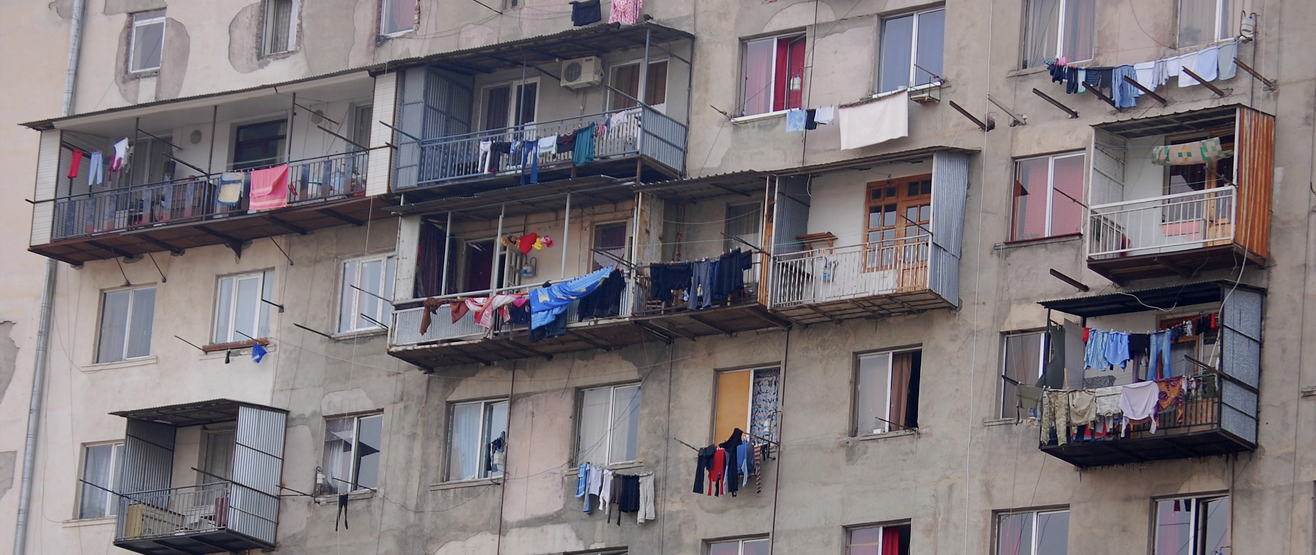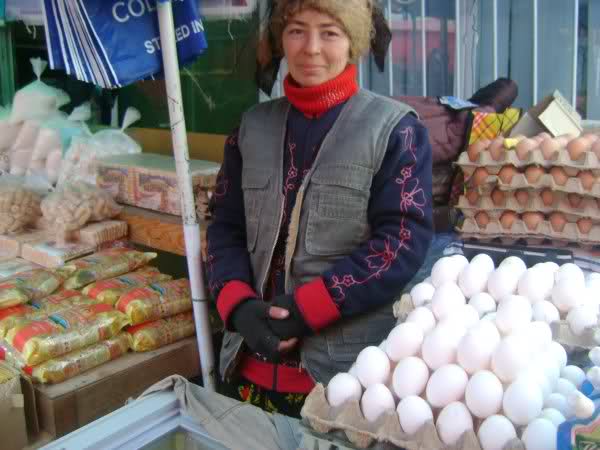
Do you remember your first class in world geography?
At some point you were probably taught that Africa is a continent, the Niles is the longest river, and that Russia is the largest country. But it’s pretty unlikely your teacher ever mentioned anything about Central Asia, and in particular Tajikistan.
In fact, this tiny country (roughly the size of Wisconsin), although unique historically and culturally, remains a mystery to most of the Western world.
Bordering Uzbekistan, Afghanistan, Kyrgyzstan and China, Tajikistan is made up of a fragile patchwork of more than a dozen ethnic identities, tribes and languages. But the Tajiks -- a Persian-speaking people whose origins trace back to ancient Iran -- make up the majority, granting the country its name.
A mountainous landlocked region overshadowed by its larger neighbors, Tajikistan was once a center of the ancient world. Multiple routes of the Silk Road ran through the country and Alexander the Great, Tamerlane and Genghis Khan all built empires there.
Centuries later, Tajikistan was left impoverished and fractured after it claimed independence from the Soviet Union in 1991, and plunged into a vicious five-year civil war. The violence claimed over 50,000 lives, crumbling the country’s infrastructure and crippling what was already the weakest economy in the former USSR.
View Larger Map
Today, Tajikistan is still the poorest country in Central Asia -- and one of the poorest countries in the world.
Nearly half the country's population lives on less than US$2 a day. In terms of per capita purchasing power parity, it's on a level with Cambodia, Nigeria, and Cameroon.
Roads that were paved just 30 years ago have fallen into extreme disrepair, severely limiting transportation throughout the country. And the giant concrete apartment complexes, iconic of the Soviet era, still house many Tajiks -- though many no longer receive running water, heat or electricity.
Standards for education have plummeted. Over a fifth of the country’s schools that were destroyed in the war have not been rebuilt, and the statewide curriculum has not been updated in over a decade. This decaying infrastructure is largely due to an economy that has not yet recovered from the turmoil of its past, and will not be easy to improve in the years to come.
Covered by rugged, austere mountains, less than 7% of the country’s land is arable. With an inherently limited resource base, cotton and aluminum, though precarious, are the country’s major industries and the source for two-thirds of its external revenue. The other third comes from remittances — over one-third of the labor force works abroad because of limited opportunity at home. A long period of high unemployment and low wages has driven people across the border to work in Russia. The funds they send home to their families account for 40% of the country’s GDP -- $3 billion in 2011 alone.

A Tajik Kiva borrower at her shop selling eggs.
Together, these three driving forces behind Tajikistan's economy leave the country extremely vulnerable to worldwide economic conditions.
Because people have so few options for buidling sustainable livelihoods, the World Bank has decided to focus on bringing new opportunity to the region, especially for women in rural areas who have little to no access to employment and financial services.
The key will be to diversify sectors and empower entrepreneurs to create and grow their small businesses within them. In time, this will contribute to the country’s economy. But most importantly, providing the chance to earn a living at home will mean fewer Tajiks are forced to seek employment abroad. This will give the country the opening it needs to improve infrastructure, bolster its education system and build sustainable futures for its people.
You can make a difference in this part of the world. Lend to a borrower in Tajikistan on Kiva today.
In the second part of this three part series we will look at how Kiva's Field Partners in Tajikistan are working to bring credit, business development training, and other services to the people who need them most.
PREVIOUS ARTICLE
Rwanda – how it became such an inspiring act of modern rebirth →NEXT ARTICLE
Kiva partner Strathmore University jumpstarts students' careers →














